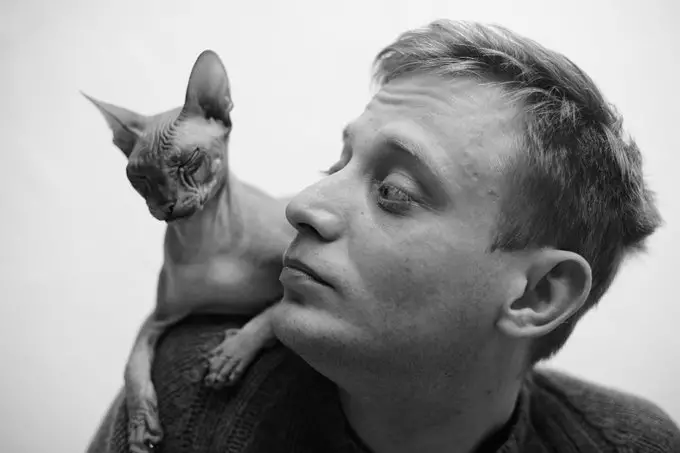Alopecia, or hair loss, is not only common in cats but can deeply affect their overall well-being and owner relations. This issue can manifest in various forms, with hair loss appearing either as patches (partial alopecia) or completely (total alopecia). The visibility and style of hair loss in felines can be symmetric or random, leading to deeper concerns if not addressed promptly. Recognizing the signs and understanding the underlying causes of this condition is key to facilitating a healthier, happier life for our feline companions.
Hair loss in cats can be easily noticeable, with signs often ranging from sparse patches to bald areas on the skin. In addition to the conspicuous loss of fur, one may observe changes in the skin itself. While some areas may retain a healthy appearance, others may show symptoms such as redness, bumps, and scabbing. Such changes could indicate either a benign condition or something more serious, requiring vigilant attention from cat owners.
Older cats, particularly those diagnosed with ailments like cancer, may show signs of alopecia. Additionally, behavioral factors, such as excessive grooming, often lead to cats pulling their fur out due to stress or anxiety. Recognizing any accompanying signs, such as behavioral changes, is critical for timely intervention.
Exploring Causes of Alopecia
Several factors could be responsible for hair loss in cats, of which hormonal imbalances and skin allergies are common culprits. Disorders may occur that increase hormone levels, specifically related to the thyroid or adrenal glands. Cats may also develop sensitivities to environmental allergens, leading to skin irritation and subsequent fur loss.
Parasites present another significant risk; infestations by mites or other pests can cause conditions like mange that directly impact the coat’s integrity. Fungal infections, notably ringworm, are also frequently identified in alopecia cases. Less typically, hereditary traits could play a role, making some breeds more prone to hair loss than others.
Upon identifying signs of alopecia, it is crucial to seek veterinary assistance. A complete blood count (CBC) is a standard approach for diagnosing underlying hormonal imbalances, while imaging techniques like X-rays can reveal any abnormalities in the internal organs. Should skin disorders be suspected, a skin biopsy or culture may help pinpoint the exact source of the issue.
Early diagnosis of the underlying cause not only provides clarity but also aids in formulating an effective treatment plan tailored to the specific needs of the cat.
While treatment options for alopecia can be somewhat limited, several approaches are available depending on the diagnosed cause. If the hair loss is associated with hormonal disruptions or skin disorders, medications or topical treatments might offer relief and promote regrowth. In cases of behavioral grooming, intervention strategies and behavioral modification techniques can help reduce the impulsive action, thereby allowing the fur to recover.
Although there are limited preventive measures for alopecia, it is essential for owners to monitor their cats closely and maintain their overall health. Creating a calm environment, ensuring regular veterinary examinations, and addressing any skin issues promptly can help mitigate the instances of alopecia in friendly felines.
Cat owners should remain vigilant about the signs of hair loss and understand its multifaceted causes. Doing so enables them to provide a loving and healthy environment for their pets.


Leave a Reply